Cap on the Peloponnese in the province of Magne. Welcome to this land of traditions, piracy and sun, steep cliffs and crystalline waters.
That they are strong and persistent the clichés on Greece! In the spirit of many French, this beautiful Mediterranean country would only be an entanglement of heavenly islands with blue and white houses. Yet, Greece is indeed a country of mountains, valleys, canyons where forests and rivers bathed in an atmosphere sometimes unique to Ariège or Corsica.
A land of contrasts with unsuspected wealth, for simply unknown. Behind the great classics, far from postcards to the blue and white houses, we invite you to discover Magne, one of these destinations of the shadows.
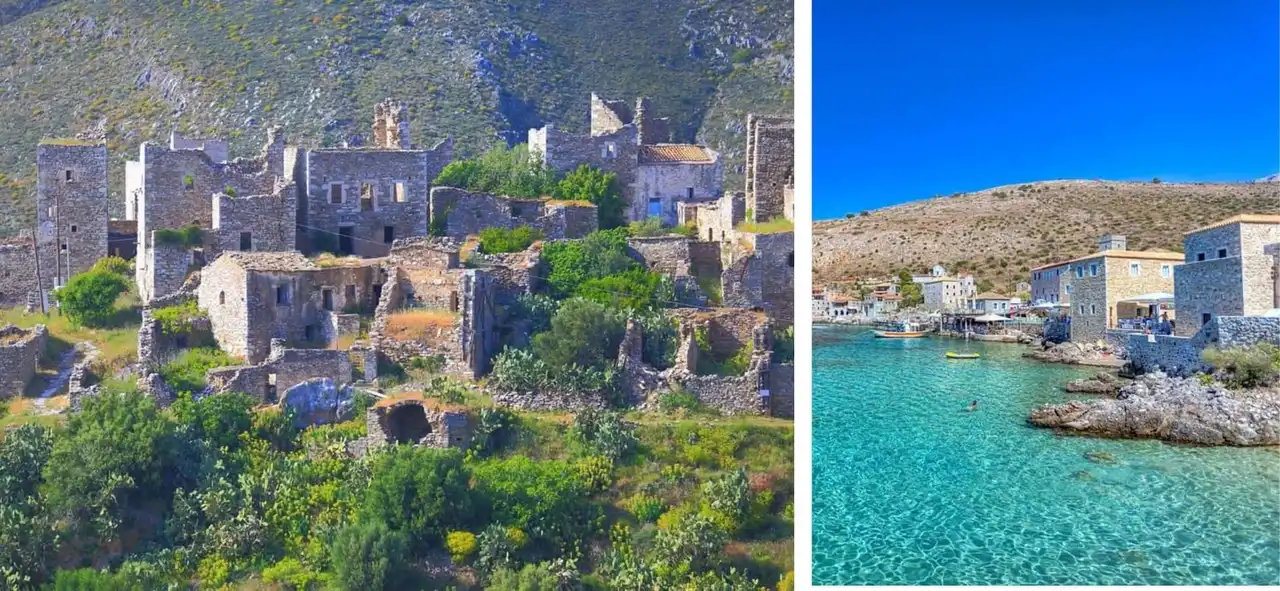
Photo credit: Shutterstock – Inu & Anastasios71
The Magne, a history out of time
Magne, or Mani, is a small area remaining enclaved from the rest of the continent until the 1970s (date of construction of the first road to access it). The inhabitants claim to be direct descendants of the Spartans and, in fact, the history of this small language of earth is quite enlivened. With a central place in the political chess in Antiquity, in crusades, Venetians or during the Ottoman invasion, Magne managed to keep a certain autonomy.
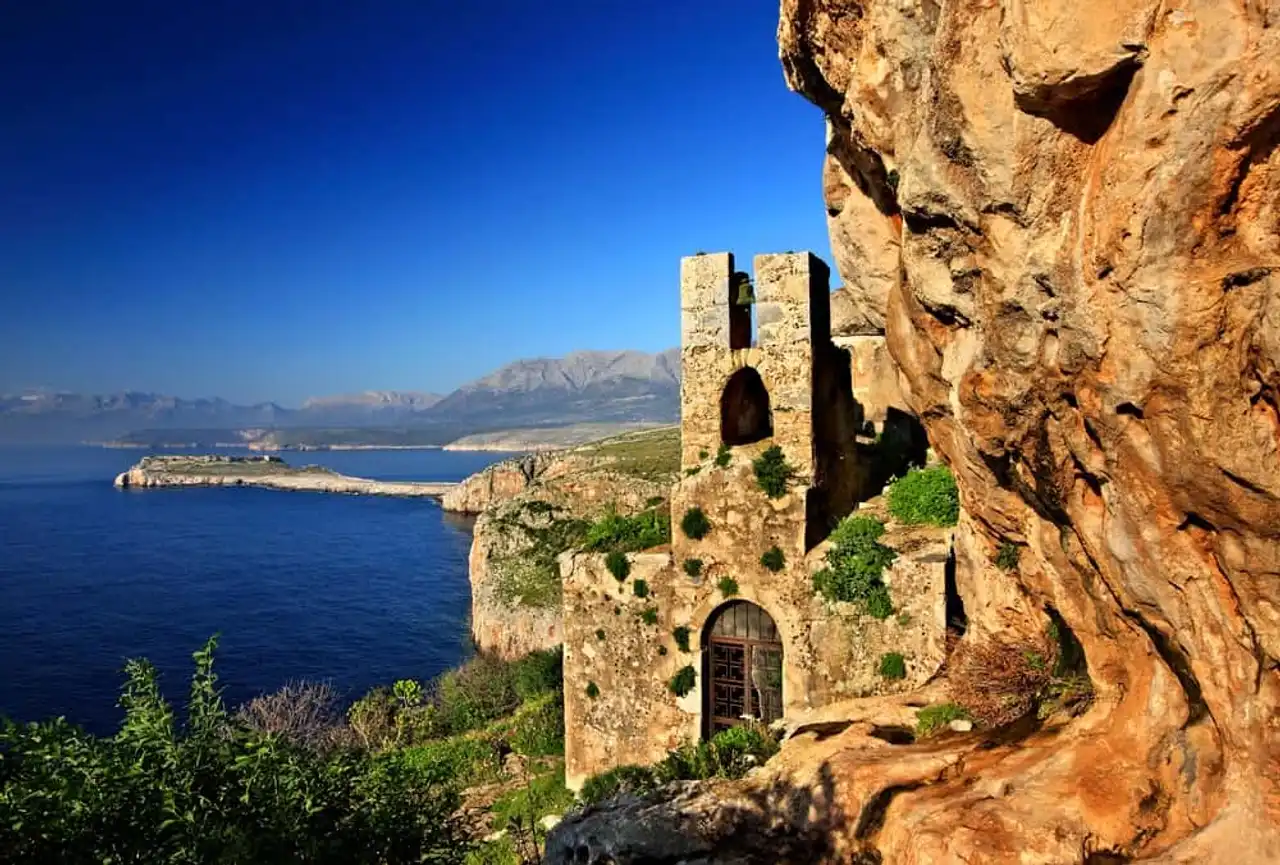
Photo credit: Shutterstock – Heracles Kritikos
For a long time, the Maniotes land was a land of piracy, clans, blood feuds and conflicts of all kinds. In the past, Mani has a rich geopolitical, military and commercial history and now has a more modern story, far from its origins, whose premises are proud. And because of this, it was to Magne that Greece declared its independent in Areópoli.
Far from the main axes, nestled in its setting, Magne is a place out of time. A lost paradise on the edge of the Mediterranean. A witness who asks only to be discovered by the passing passengers.
Stone villages unique heritages
From one of the two roads that takes us to Magne (via Areópoli or Gytheio) and as we enter the province, something intersects us... Along the coast, the stone villages draw up here a portrait of a singular architecture, of those that are not forgotten. Peated with fortified towers, these villages watch travelers from the towers that dress every house. Heirs of the Middle Ages, these fortified dwellings bear witness to the ongoing conflict of the peninsula with the Ottoman Empire, until its liberation in 1829.
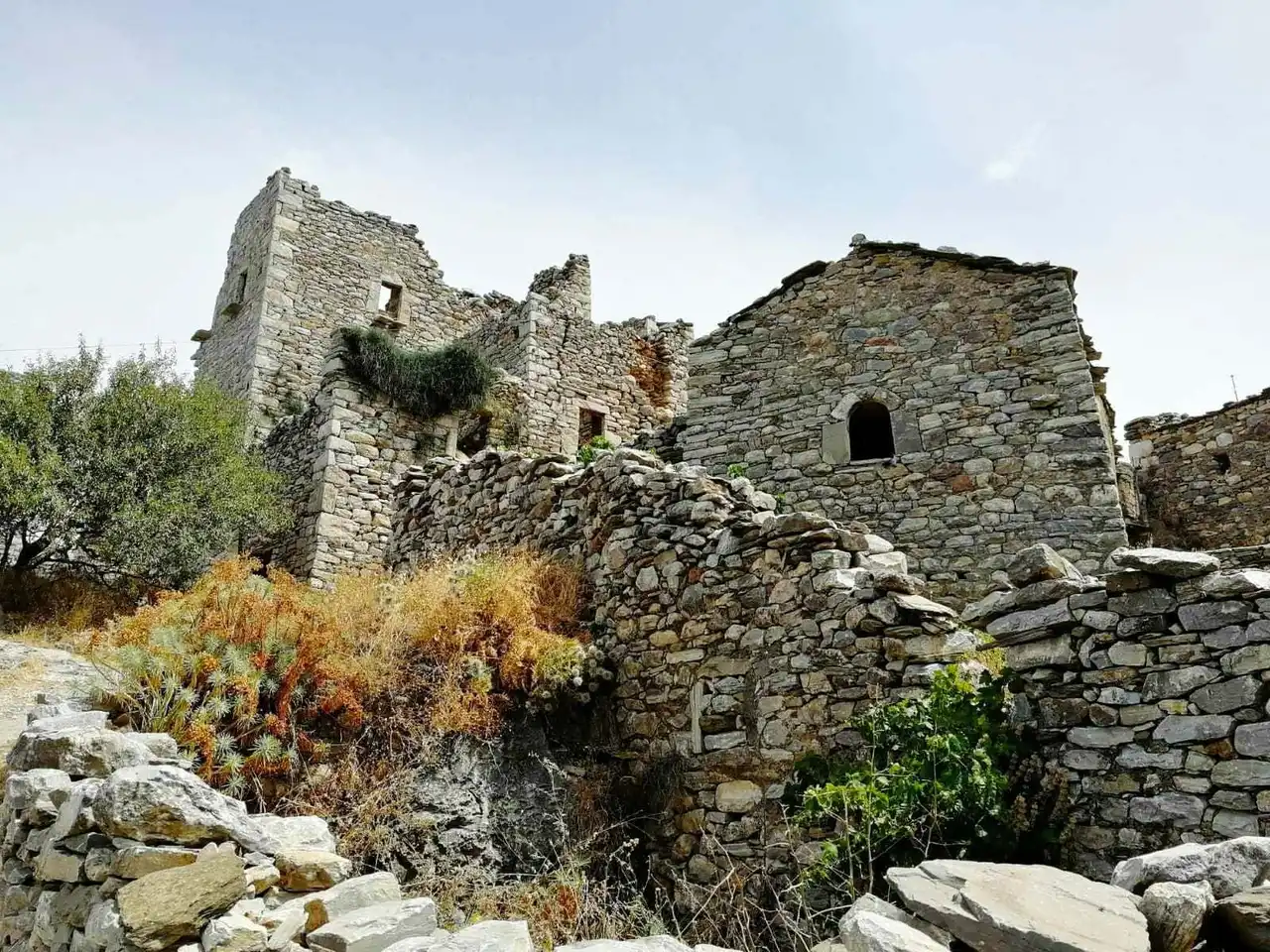
While walking through these villages, often populated or deserted, we are dreaming. What did these matriot clans look like? How did they live this tumultuous life in the shadow of their towers? A certain nostalgia emerges when we know that Mani no longer shelters all his heirs. The fault of modern times that caused waves of population exodus to the urban centres of Greece.
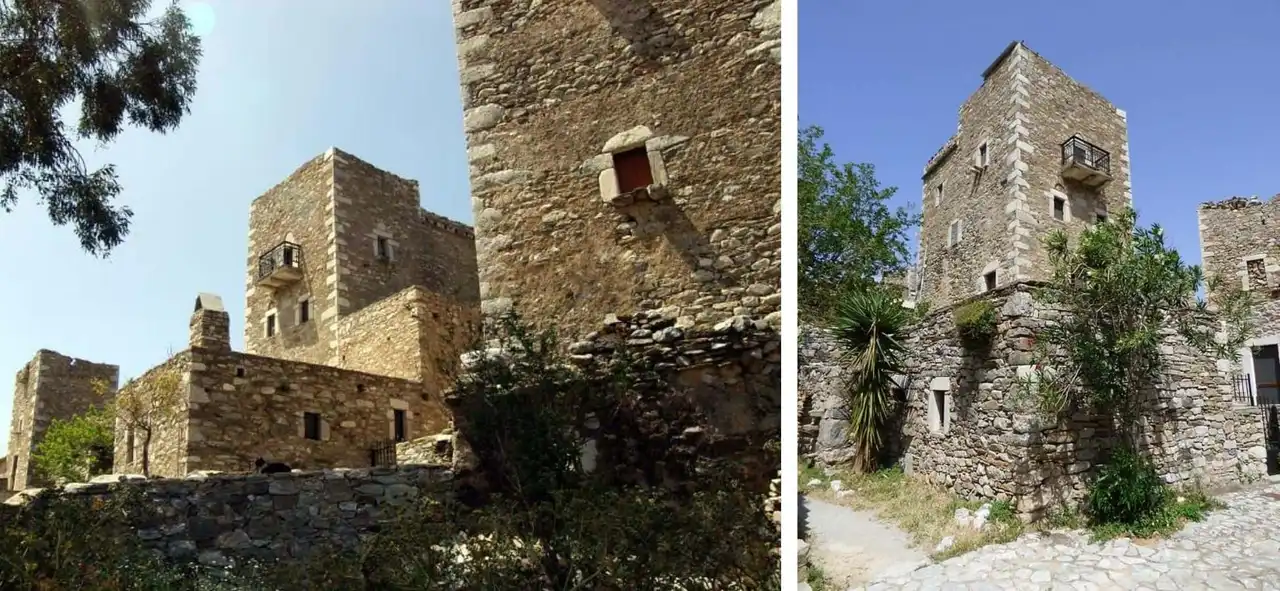
Photo credit: Flickr – poplar & Thiery
Along the coast from Kalamata we pass through Areópoli, Oitylo, Vathia (of course the most known, it was still well populated in the 70s-80s), Lagia, or Drodopigi. When we see these villages scroll, we would almost come to wonder if it is Greece that we are discovering. And yet... The land of Magne is equally symbolic for the Hellenes who already considered it in Antiquity as the gateway to the kingdom of Hades.
From Hades’ Hell...
The north of the Magne is made up of small valleys and mountains that give it a rather temperate climate and a Mediterranean vegetation similar to the rest of the Peloponnese.
The south, on the other hand, is an arid area where it is very hot and dry in summer and cold in winter. A land of extremes where mysticism quickly had its full place the collective imagination of the masters and Greeks.
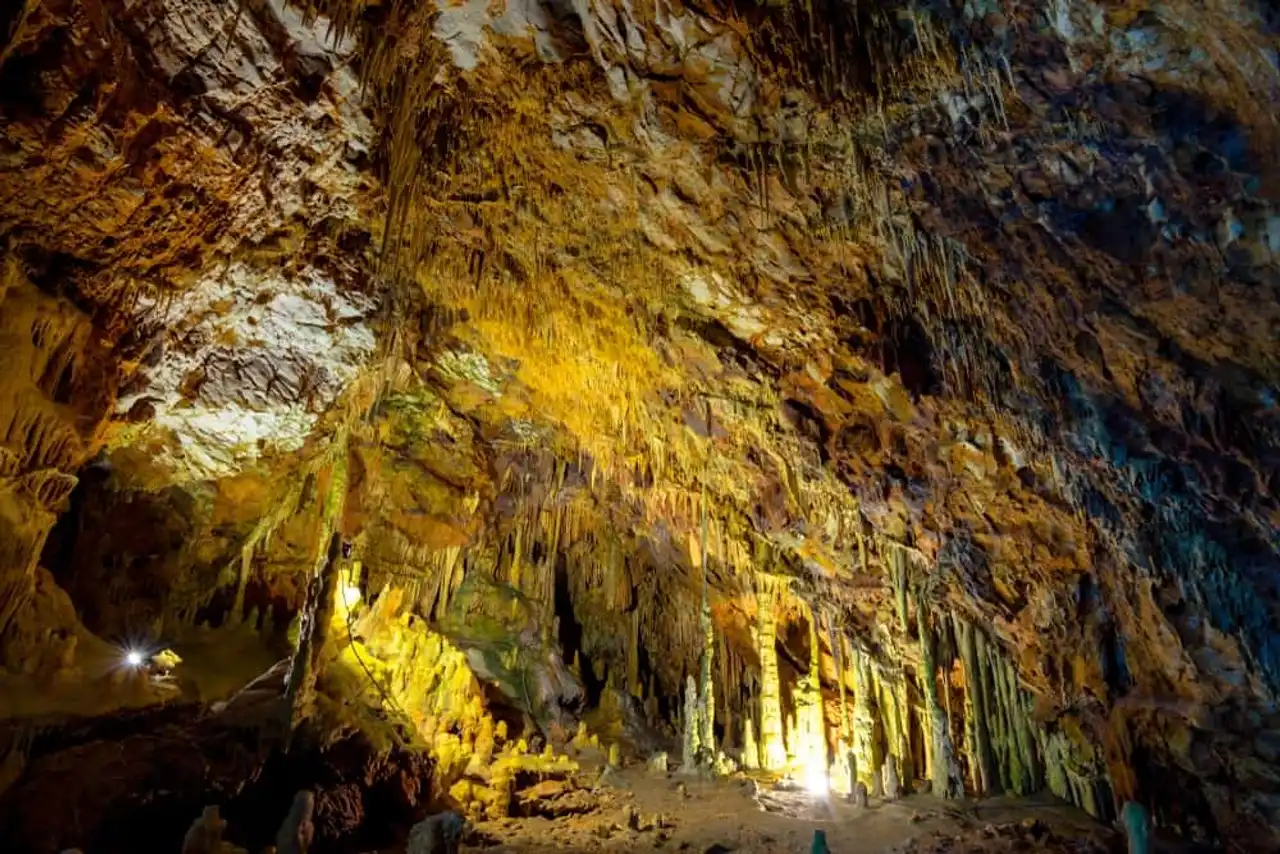
Photo credit: Shutterstock – Georgios Tsichlis
Not far from Areópoli, in the south, it is therefore a naked landscape that defies under our eyes in the cellars of Diros. This time you're underground. Fourteen kilometers of natural underground galleries extend from the Neolithic where they were already used as a place of refuge and funeral ceremonies. For the Greeks, here is one of the entrances to the kingdom of Hades, a frightening and majestic place that resonates particularly well in this inhospitable region swept by the winds.
...to heaven on Earth
However, it is in the realm of the living, on the surface, that the Magne offers all its interest. It is easily lost by car following the rare routes of the region, stopping on a few beaches with crystal clear waters, from those that remind Greece of postcards. We stop in taverns where we eat continental Greek specialities, especially with grilled meats and vegetables. We are happy to discuss with the people who love to share their history and landscape. In the end, the more we sink into the region, the more it seems attractive and close to the romantic and authentic image of modern Greece that we imagine when we arrive.
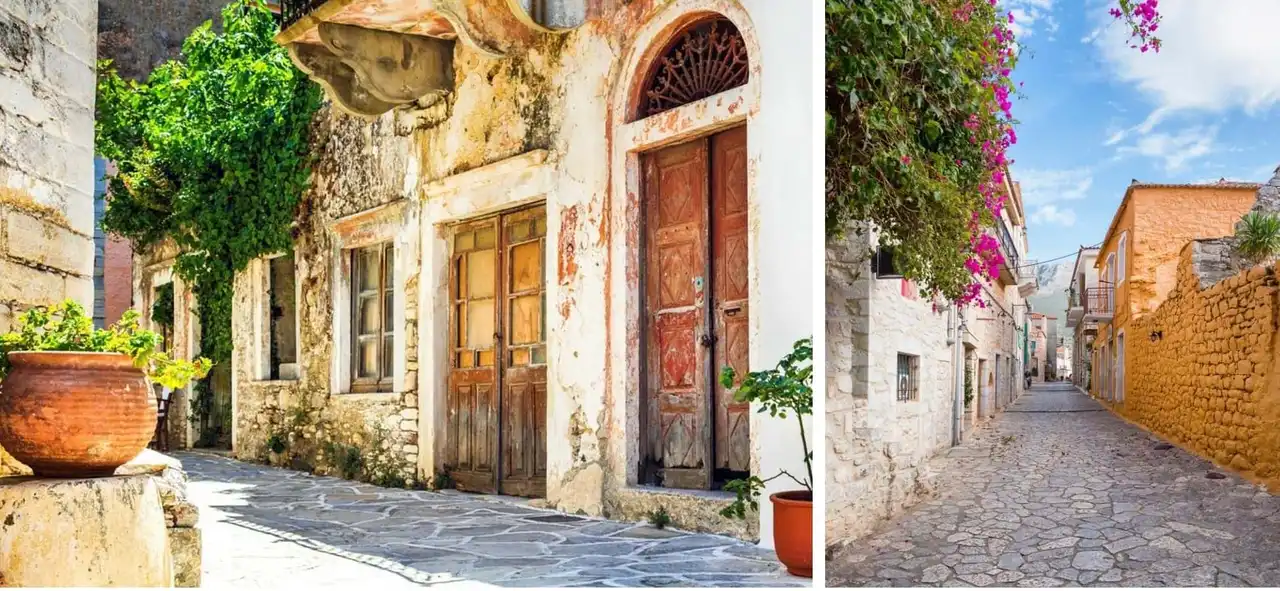
Photo credit: Shutterstock – leoks ' smoxx
But in this world where time has stopped, the path takes us inexorably to the far south of the peninsula. After long winding roads, we encounter an increasingly arid and depopulated landscape. On the way to Cape Tenare, the southernmost point of continental Greece. It is here that a hike dotted with scarcely visible coves and ancient heritages awaits us.
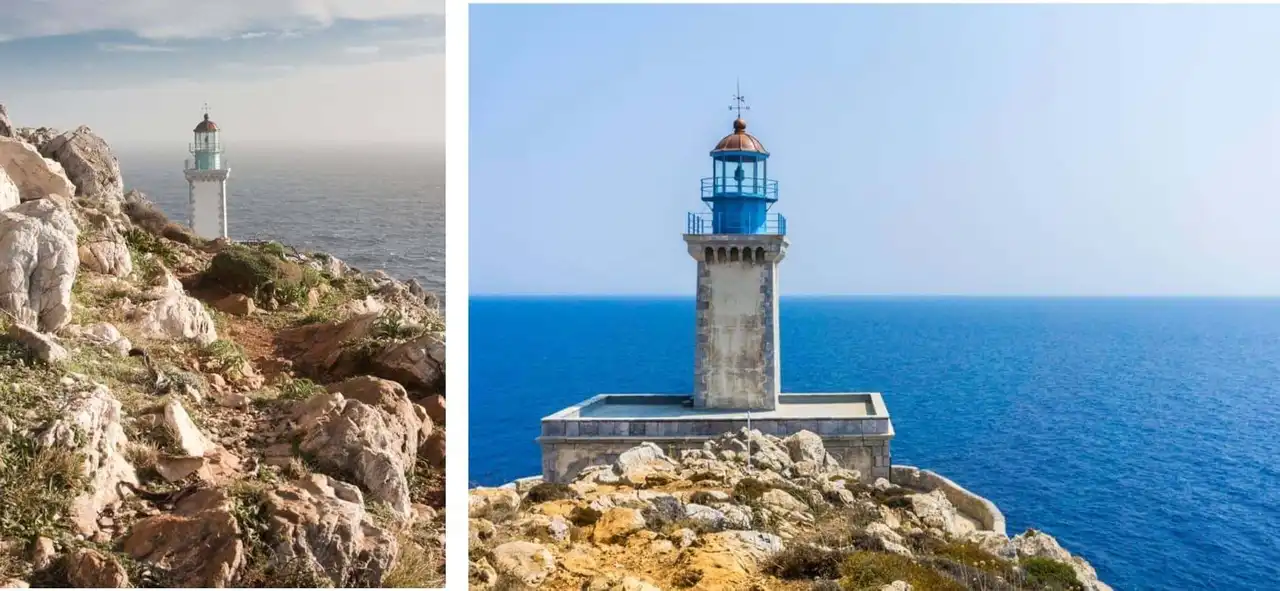
Photo credit: Shutterstock – Gabriela Insuratelu & Andronos Haris
Azur flanks on cliffs
So how can the casiotes have climbed in such a hostile and dangerous country, where almost nothing grows? As often in Greece, the answer is at sea. It is by plunging into the beautiful waters around the Peloponnese that one discovers a fauna so far preserved, like the Careta-Careta turtles.
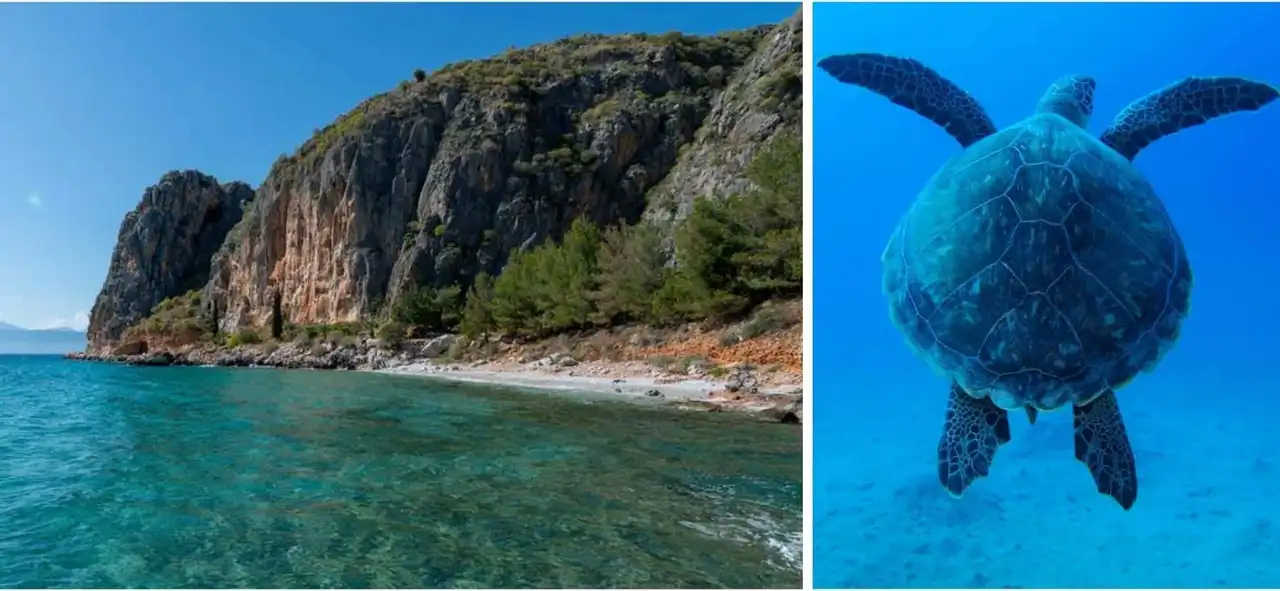
Photo credit: Shutterstock – Dima Andrei Lucian & blue-sea.cz
We evoked it above, the life and history of the cassava were rhymed by fishing and piracy, testifying to the many vestiges of it... Among them, the castles of Kelefas and Gigani. By discovering the region, we quickly understand why. Along the cliffs, side roads bring us down to small coves formerly fortresses during the troubled times of the Magne. In fact, some bays are summed up at a large hole of a few hundred meters. Perfect stopover for boats, there are often small fishing ports surrounded by one of these famous fortified villages. In the center of these villages you can be sure to find a shady tavern where it is almost essential to stop in the day when it is too hot to resume the road.
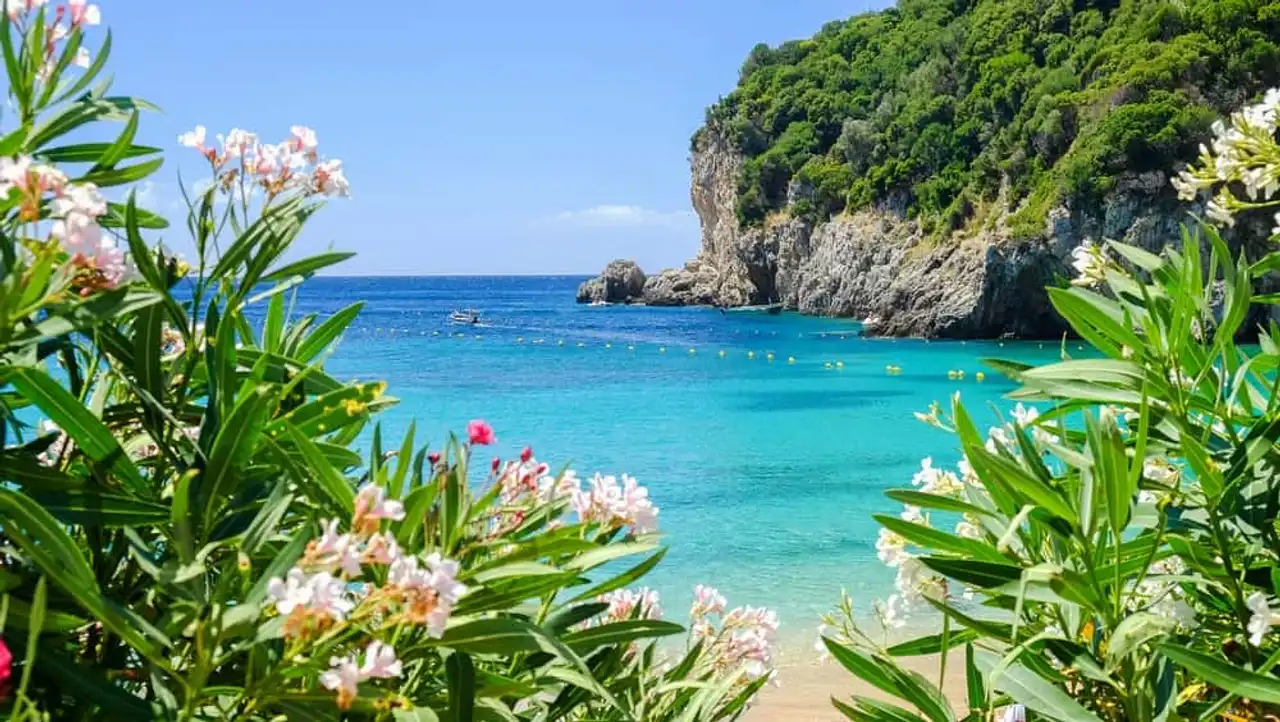
Photo credit: Shutterstock – Elena Krivorotova
Other villages such as Limeni or Gerolimenas are real small tourist attractions. So, if you are from these travelers looking for calm and serenity, we invite you to take the wide direction of the East Coast. There are small pearls nestled in the rock, known as Agios Kiprianos, Kokkala, and Nyfi.
A people, above all
Yet, after having travelled all these landscapes and lingering in the region, our observation is without appeal. Magne's most beautiful resource is not in its clear waters, but in the heart of its inhabitants. Far from overcrowded seaside resorts, cassava are generous people, attached to their land and very accessible. Sir Patrick Leigh Fermor, famous traveler and British writer, wrote about them:
"By the way, you can see the Magne in 3 days, walking you see her in 3 months, and to see her soul you will need 3 lives. One for the sea, one for the mountain and one for its people. »
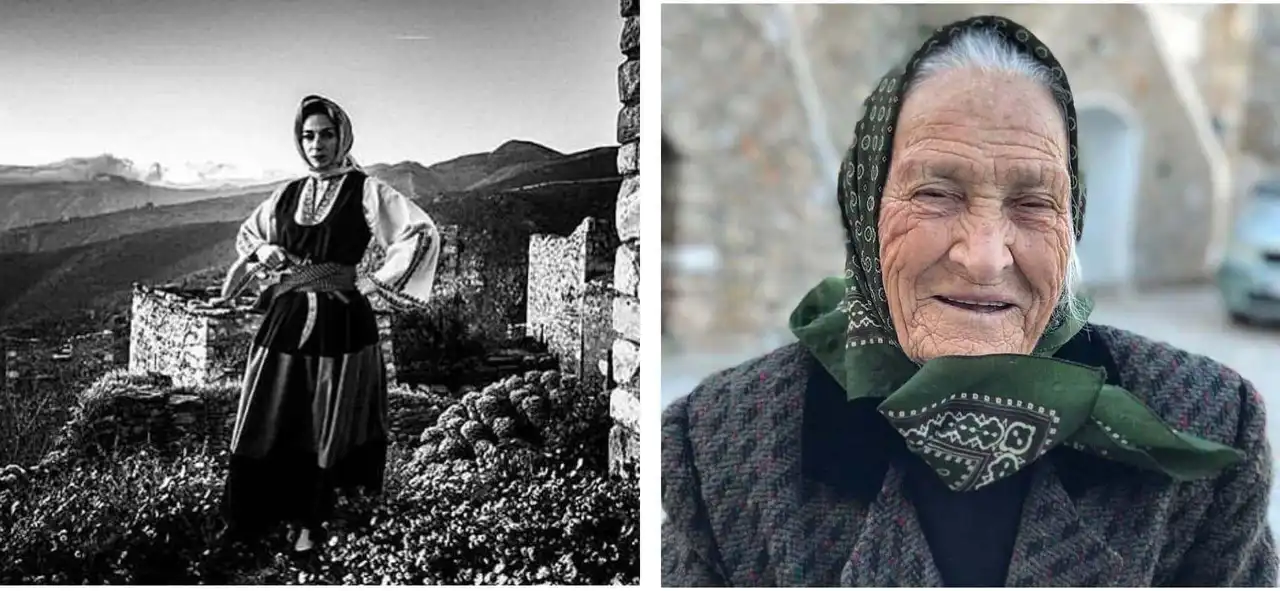
Photo credit: Instagram – manigreecegr
This perfectly summarizes this initiatory journey in the Magne: a peninsula from the end of the world, a paradise lost to the borders of the Greek world. And then Magne, it is also and above all a destination of excellence for the traveller in search of time for himself and freedom.
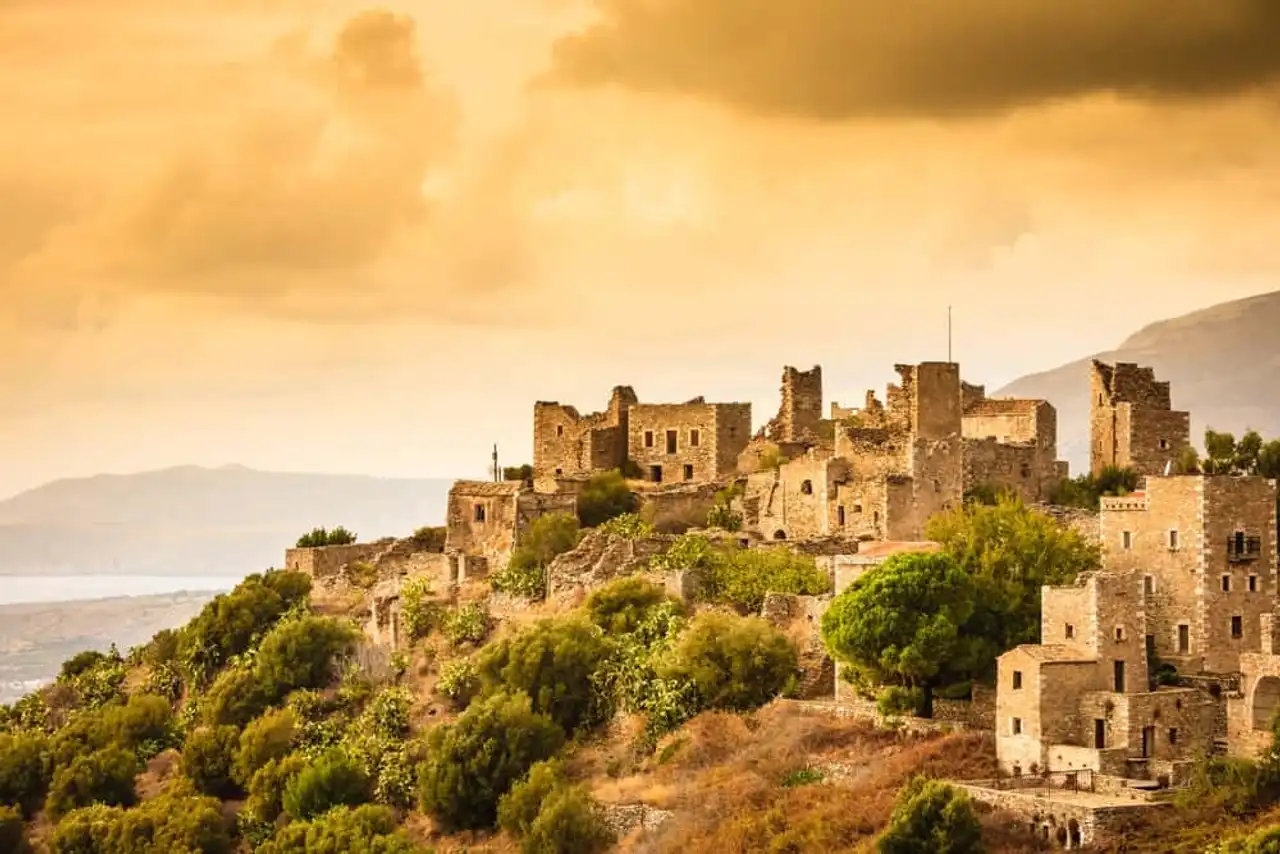
Photo credit: Shutterstock – Voyagerix
So yes, the Magne is definitely a land of contrast. Its landscapes, its history, its inhabitants, its heritage: many are witnesses. If the small province of today has nothing to envy on the Aegean islands, it remains a destination of enthusiasts, lovers of nature who ask only to be known.
By plane from Kalamata or by car from Athens, going to meet the Magne has promised you one thing Greece, the real one.
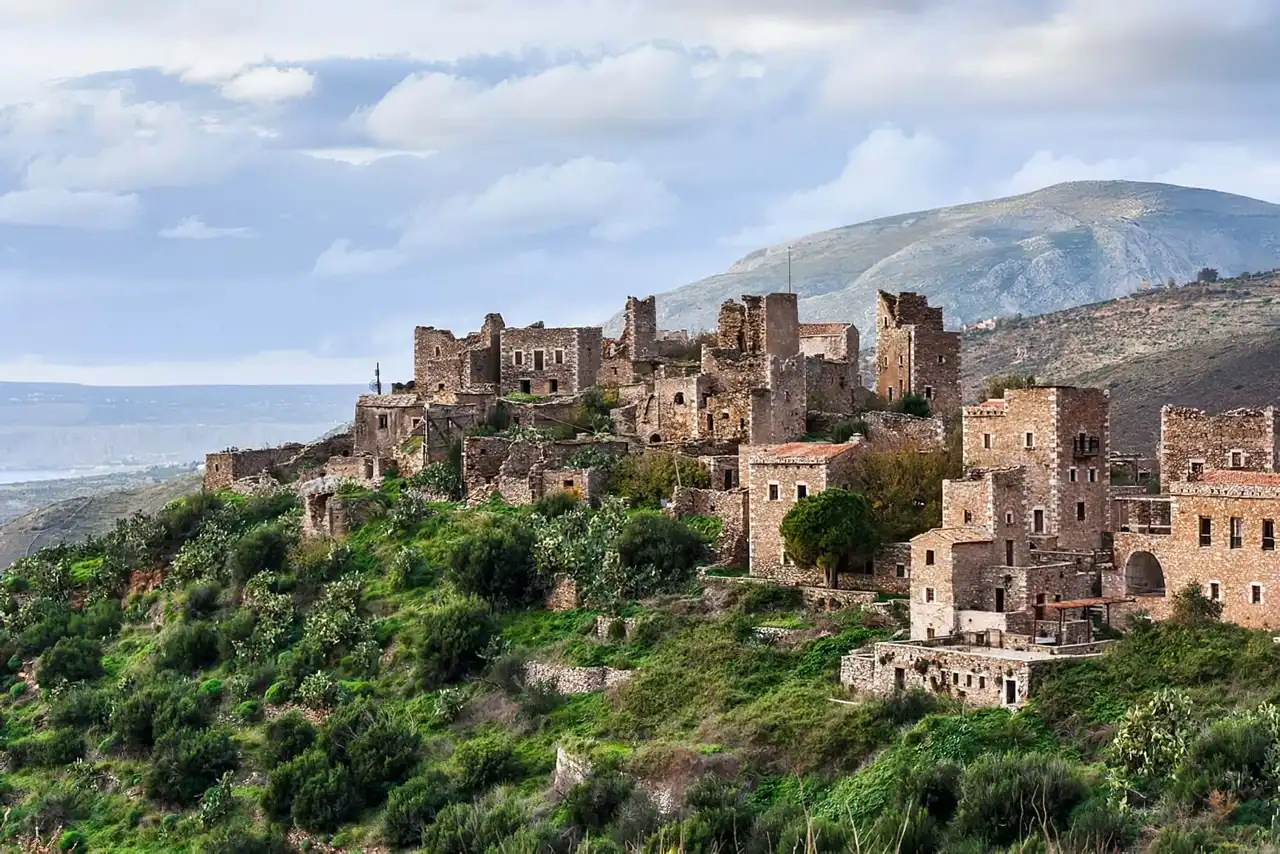




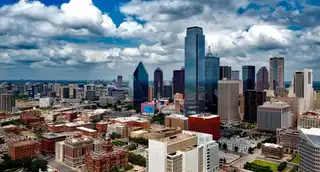
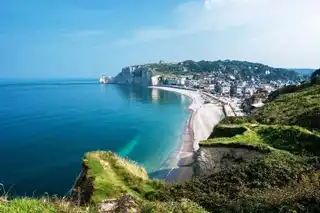
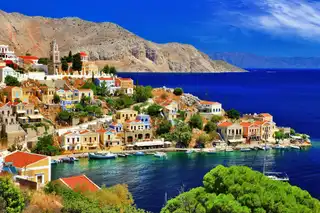
Loading comments ...